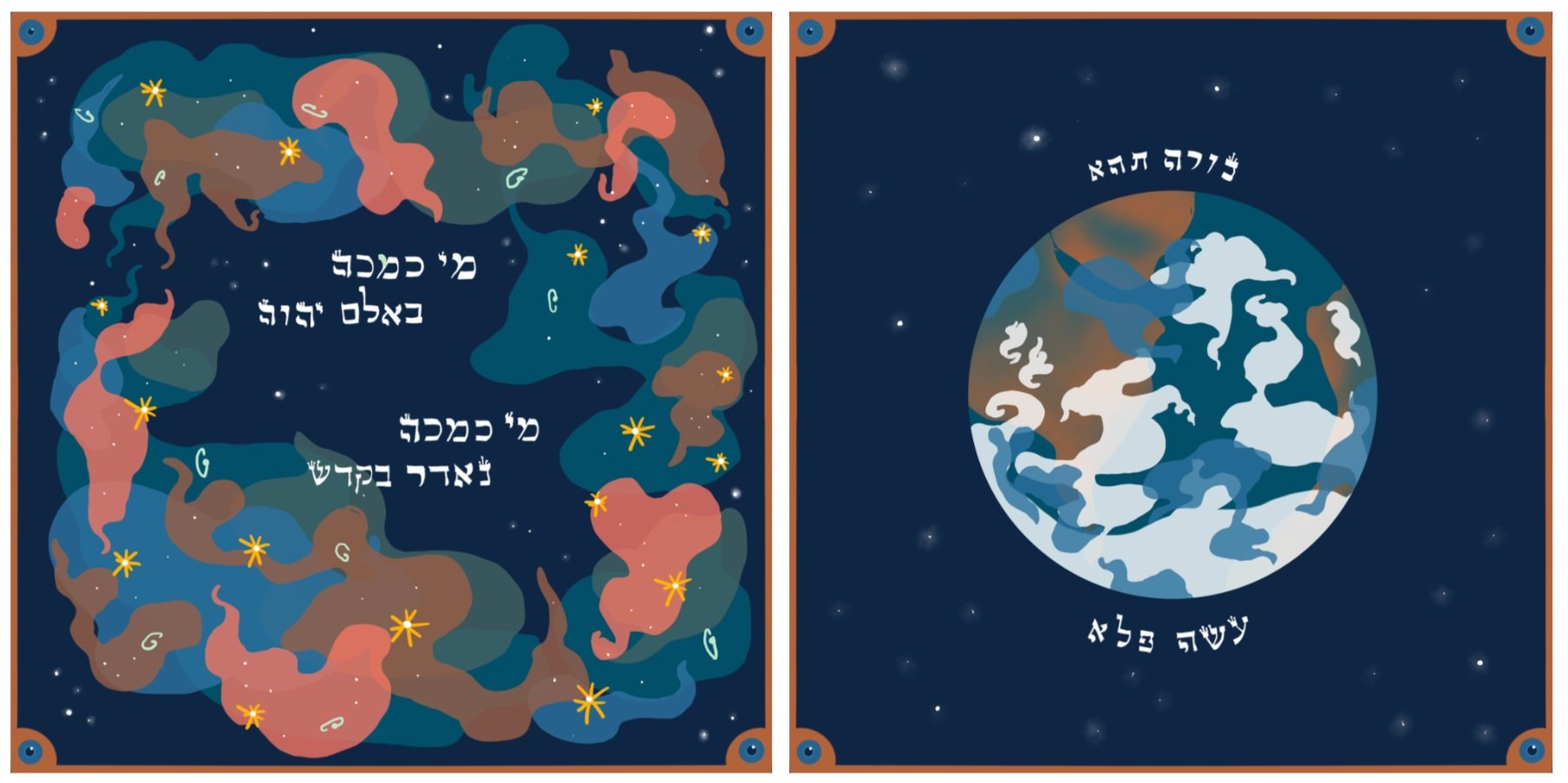Headspace
February 5 - February 27
Opening Reception on Arts Night Out
HeadSpace is an immersive installation of over one hundred large scale, mixed-media, dimensional illustrations. These “heads” are made of recycled cardboard, paint, hot glue, crafting scraps and trash! This space is meant to be a reminder of just how good it feels to make art for yourself and what it really means to share that feeling with others.
-
Connor ORourke (he/they) is a line cook for money and an artist for fun! Their work is often cartoonish and silly but considerate in a way that makes you at least hope there’s more to it than bold lines and bright colors. They use recycled materials as well as traditional illustration methods to create an uncanny variety of tangible things.



































































